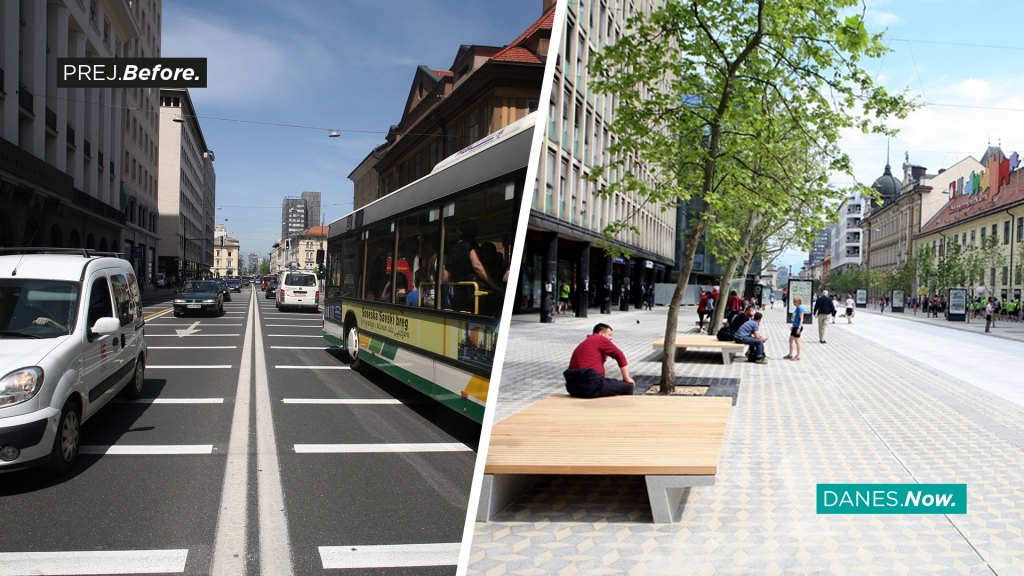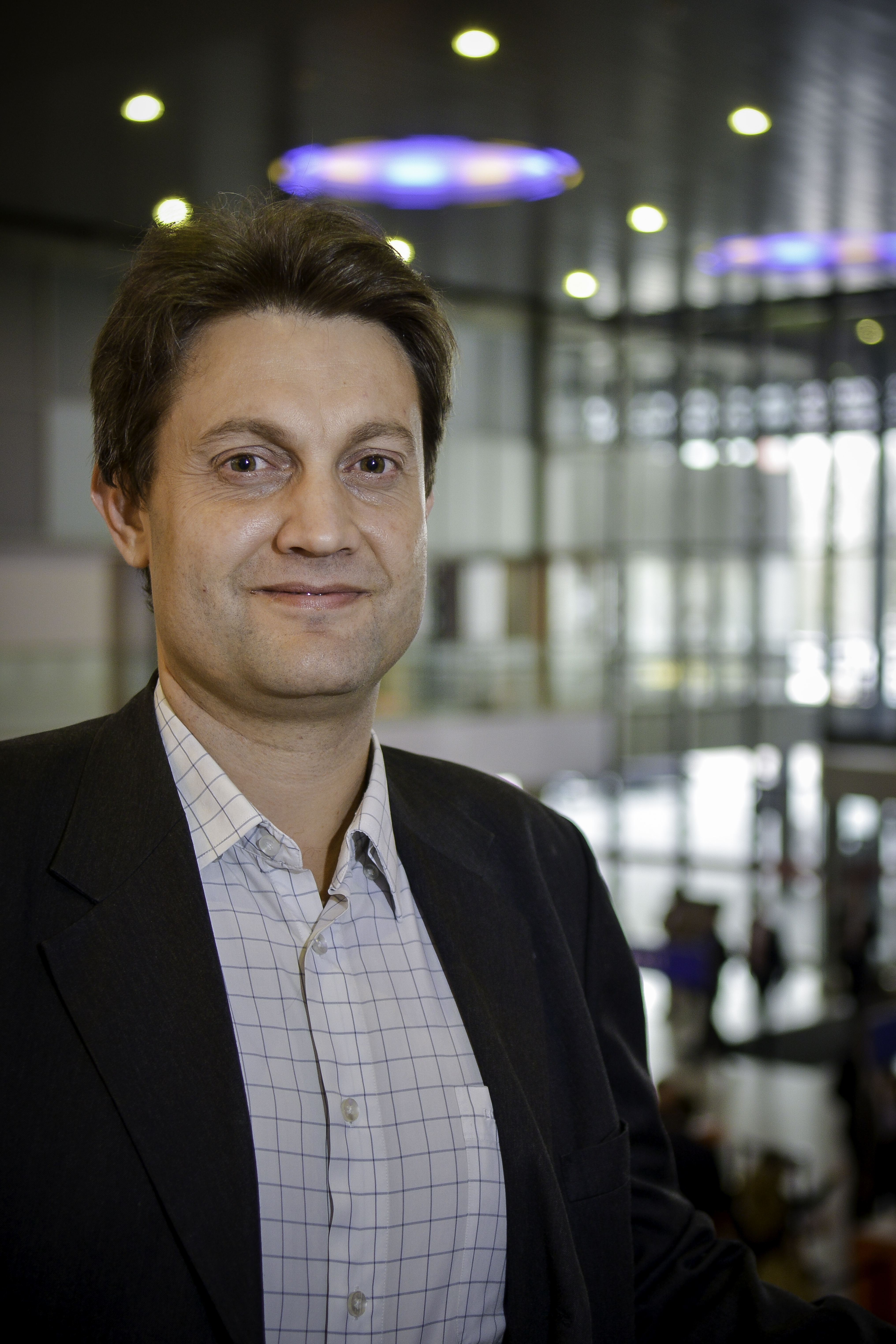A recent seminar in Krakow, Poland, on proactive marketing for sustainable rural transport, delivered as part of the EC-funded project SmartMove, provided advice to local authorities and others on the use of individualised marketing to maximise patronage of rural transport systems on tight budgets. About 40 people attended the event, including several local politicians and public transport stakeholders in Poland.
The SmartMove project is based on a successful pilot project carried out in 2009 in a rural
A recent seminar in Krakow, Poland, on proactive marketing for sustainable rural transport, delivered as part of the EC-funded project SmartMove, provided advice to local authorities and others on the use of individualised marketing to maximise patronage of rural transport systems on tight budgets. About 40 people attended the event, including several local politicians and public transport stakeholders in Poland.
The SmartMove project is based on a successful pilot project carried out in 2009 in a rural corner of north-eastern Austria called Waldviertel. According to Roman Klementschitz of the University of Natural Resources and Life Sciences Vienna, the case involved a rural public transport system typical of many others in Europe. Patronage was declining and funding wasn’t assured for the future.
The campaign targeted nearly 900 households which were contacted by phone to gauge interest in a campaign to provide free individualised information on the public transport service in their immediate surroundings. More than three quarters of those contacted chose to take part and the campaign led to significant results: passengers on the bus line in the target area saw an increase of patronage of about 33 per cent, far above the 19 per cent average growth in the region.
“We told people, if you don’t use it, you might lose it,” Klementschitz recalled. “We told them that even if you don’t use it now, you might want to use it in a few years when you’re retired.”
Rural public transport in Poland faces similar problems. Supply is poor and budgets are often too tight to increase it. Active mobility campaigns offer a cheaper alternative—a way to get more passengers onto existing (perhaps partly empty) vehicles.
The main focus of the seminar was a method of customer outreach called active mobility consultancy. In this, the public transport service is marketed through sharply focused campaigns targeting individual households within a certain catchment area of a transport line. The campaign seeks to engage each household—through phone calls, events, and home visits—in order to identify the reasons car users don’t use public transport. Once this is done, tailor-made information is provided to enable people to switch modes.
Prior experience shows that a lack of information is indeed a big barrier. Many rural residents don’t even know public transport serves their area. Some might be aware of the service but don’t know the location or timetable of their nearest bus stop. Some may know where their nearest stop is, but don’t know of a convenient way to reach it such as by cycle or a neighbourhood carpool).
Wrapping up the meeting, SmartMove project coordinator Oliver Roider, also of the University of Natural Resources and Life Sciences Vienna, said that running a successful rural public transport system is a puzzle, and that SmartMove offers one piece of the solution. SmartMove is a first step to see how you can attract more riders with a given supply that is far from ideal.
”Waldviertel is similar to many rural areas all over Europe – it’s an area with some very small villages and a very limited public transport supply – but it boosted public transport use significantly.”
The SmartMove project is based on a successful pilot project carried out in 2009 in a rural corner of north-eastern Austria called Waldviertel. According to Roman Klementschitz of the University of Natural Resources and Life Sciences Vienna, the case involved a rural public transport system typical of many others in Europe. Patronage was declining and funding wasn’t assured for the future.
The campaign targeted nearly 900 households which were contacted by phone to gauge interest in a campaign to provide free individualised information on the public transport service in their immediate surroundings. More than three quarters of those contacted chose to take part and the campaign led to significant results: passengers on the bus line in the target area saw an increase of patronage of about 33 per cent, far above the 19 per cent average growth in the region.
“We told people, if you don’t use it, you might lose it,” Klementschitz recalled. “We told them that even if you don’t use it now, you might want to use it in a few years when you’re retired.”
Rural public transport in Poland faces similar problems. Supply is poor and budgets are often too tight to increase it. Active mobility campaigns offer a cheaper alternative—a way to get more passengers onto existing (perhaps partly empty) vehicles.
The main focus of the seminar was a method of customer outreach called active mobility consultancy. In this, the public transport service is marketed through sharply focused campaigns targeting individual households within a certain catchment area of a transport line. The campaign seeks to engage each household—through phone calls, events, and home visits—in order to identify the reasons car users don’t use public transport. Once this is done, tailor-made information is provided to enable people to switch modes.
Prior experience shows that a lack of information is indeed a big barrier. Many rural residents don’t even know public transport serves their area. Some might be aware of the service but don’t know the location or timetable of their nearest bus stop. Some may know where their nearest stop is, but don’t know of a convenient way to reach it such as by cycle or a neighbourhood carpool).
Wrapping up the meeting, SmartMove project coordinator Oliver Roider, also of the University of Natural Resources and Life Sciences Vienna, said that running a successful rural public transport system is a puzzle, and that SmartMove offers one piece of the solution. SmartMove is a first step to see how you can attract more riders with a given supply that is far from ideal.
”Waldviertel is similar to many rural areas all over Europe – it’s an area with some very small villages and a very limited public transport supply – but it boosted public transport use significantly.”











